The debate between modular and monolithic blockchain architectures is shaping the future of Web3 infrastructure. Monolithic blockchains—like Bitcoin, Solana, and early Ethereum—bundle all core functions (execution, consensus, data availability, and settlement) into a single layer. This design offers simplicity and robust security but struggles with scalability and flexibility. Modular blockchains, by contrast, decouple these functions into separate layers, allowing each to specialize and scale independently.
This architectural divergence is more than technical—it determines how decentralized applications (dApps) are built, how networks scale, and how institutions interact with blockchain ecosystems. As demand for high-throughput, low-cost, and composable systems grows, modularity is emerging as a compelling alternative to the monolithic status quo.
Monolithic Chains: Performance Through Integration
Monolithic blockchains operate as vertically integrated systems. Solana exemplifies this model, combining execution, consensus, and data availability into a single high-performance chain. Using innovations like Proof of History (PoH), Gulf Stream, and Sealevel, Solana achieves over 1,500 transactions per second (TPS) with sub-second finality and minimal fees. However, this performance comes at a cost: validator hardware requirements are steep, raising concerns about decentralization and accessibility.
Ethereum, before its transition to rollups and sharding, also followed a monolithic model. It prioritized decentralization and security but was limited to 15–30 TPS, leading to congestion and high gas fees during peak usage. These limitations have driven Ethereum’s shift toward a modular roadmap.
Modular Chains: Scalability Through Separation
Modular blockchains break down the blockchain stack into specialized layers. Celestia, for example, focuses solely on data availability (DA), allowing developers to build execution environments—like rollups—on top. This separation enables each layer to optimize for its role, improving scalability and reducing costs.
EigenLayer, another modular innovation, introduces “restaking” on Ethereum. It allows users to reuse staked ETH to secure additional services, creating a decentralized trust marketplace. This model enhances Ethereum’s security while enabling new applications to bootstrap trust without launching their own validator sets.
Developer Experience and Customization
Modular architecture offers developers unprecedented flexibility. Builders can mix and match layers—choosing a DA layer like Celestia, a settlement layer like Ethereum, and a custom execution environment. This composability allows for tailored blockchain stacks optimized for specific use cases, from DeFi to gaming to real-world asset tokenization.
In contrast, monolithic chains offer a more opinionated environment. While this can simplify development and reduce integration overhead, it limits customization and may not scale well for diverse application needs. For example, Solana’s tightly coupled architecture is ideal for high-speed DeFi apps but less adaptable for niche or experimental use cases.

Institutional Adoption and Strategic Shifts
Institutions are increasingly exploring modular architectures for their scalability and compliance potential. Celestia has attracted projects like Converge and Noble, which aim to tokenize real-world assets and build stablecoin-native applications. EigenLayer’s restaking model is gaining traction among Ethereum-native protocols seeking to enhance security without duplicating infrastructure.
These developments suggest that modularity is not just a developer preference—it’s becoming a strategic choice for enterprises seeking scalable, secure, and interoperable blockchain solutions.
Trade-offs and the Rise of Hybrid Models
While modular blockchains offer scalability and flexibility, they introduce new complexities. Coordinating between layers can increase latency and introduce security risks if one layer fails. Monolithic chains, by contrast, offer tighter integration and simpler trust assumptions but may struggle to meet the demands of mass adoption.
Some experts predict a hybrid future, where Layer 1 chains adopt modular principles while retaining core monolithic strengths. Ethereum’s transition toward rollups and data sharding exemplifies this convergence, blending modular scalability with monolithic security guarantees.




